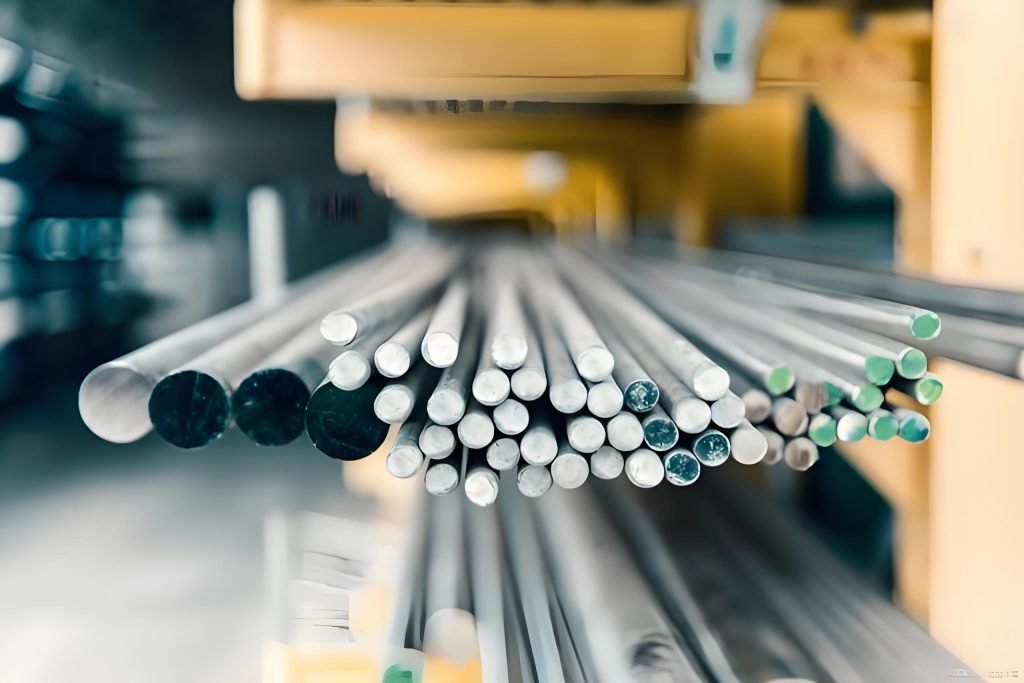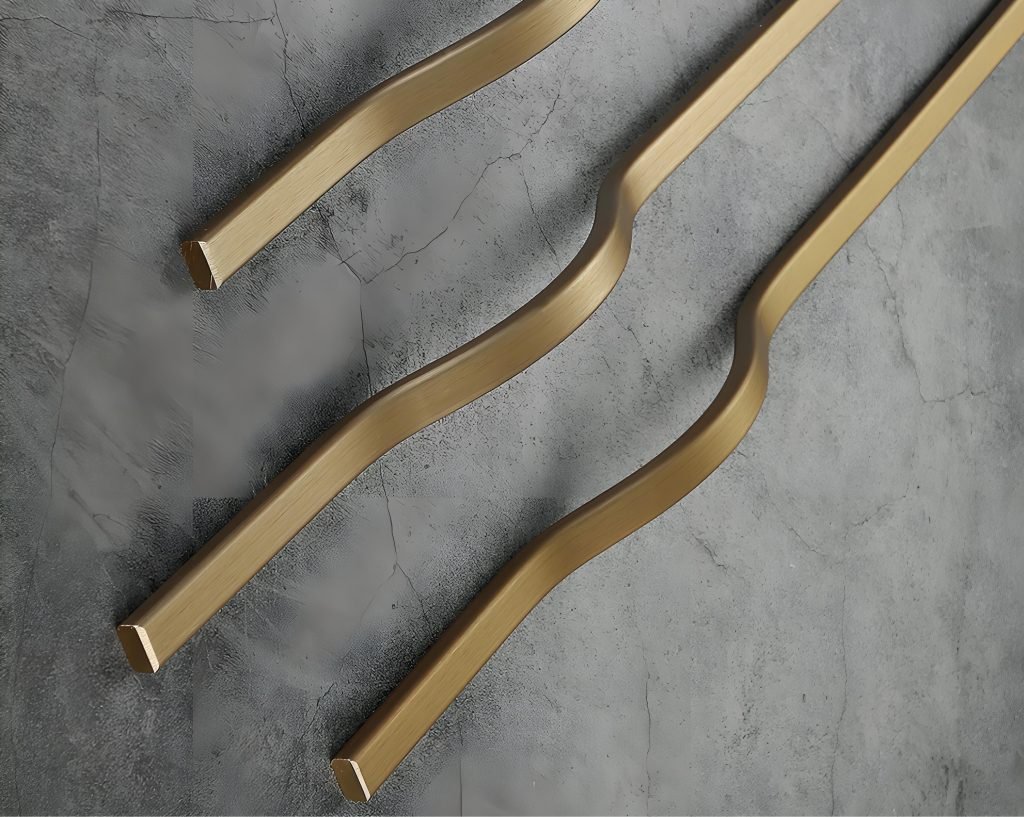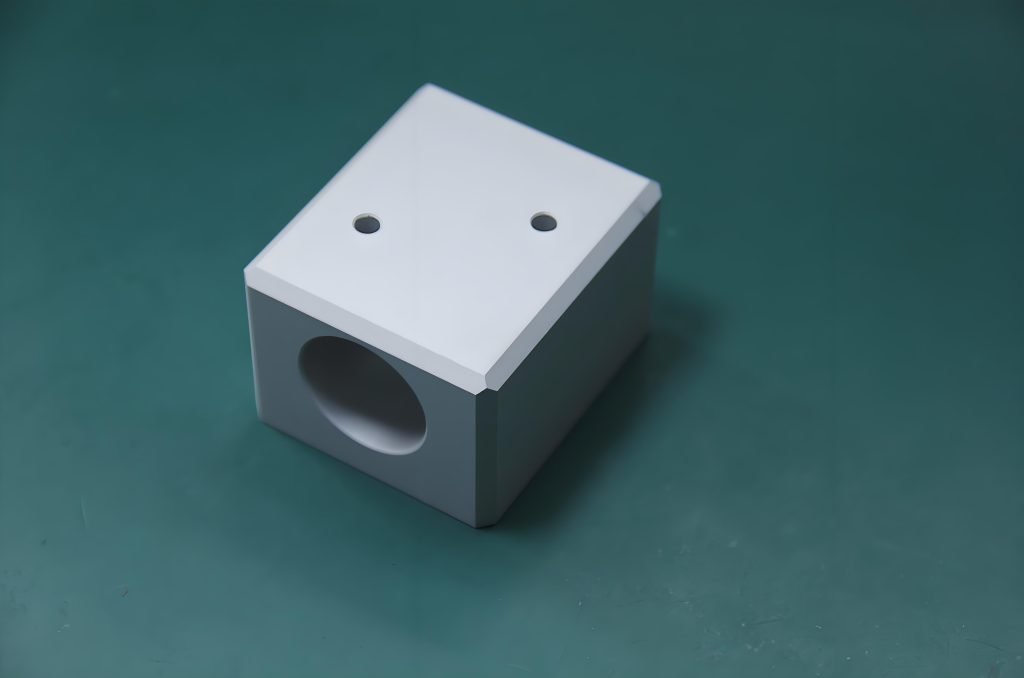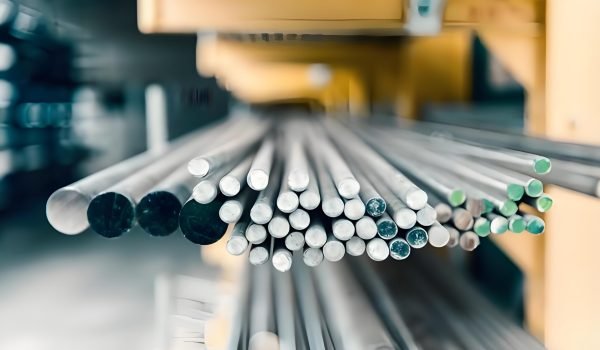Have you ever wondered how some metals can be stretched or shaped without breaking? This is due to two important properties: the ability to deform under tensile stress and the ability to deform under compressive stress.
Understanding the difference between these properties is crucial in engineering and manufacturing, as it affects the selection of materials for various applications.
When a material is subjected to stress, its ability to deform without breaking is a critical factor in determining its suitability for a particular use. This is where the concepts of deforming under different types of stress come into play.

Understanding Material Properties in Engineering
When it comes to engineering, understanding the properties of materials is crucial for making informed decisions. You need to consider various material characteristics to ensure that your final product meets the required specifications and performs as expected.
The Importance of Material Properties in Manufacturing
Material properties serve as the foundation for engineering decisions, particularly in manufacturing processes that involve forming, shaping, or joining metals. You must consider multiple material properties simultaneously when selecting materials for specific applications, as these properties interact with each other to affect the final product’s performance and durability.
Understanding material properties like ductility and malleability can help you prevent product failures and optimize manufacturing efficiency. For instance, ductility allows metals to be drawn into wires or sheets without breaking, while malleability enables them to be pounded into various shapes.
How Material Properties Affect Product Design and Performance
The properties of materials directly influence manufacturing processes, from initial material selection to final product performance and durability. You should consider how material properties like ductility and malleability impact the overall economics of production, as selecting materials with appropriate properties can significantly affect costs.
By understanding the relationship between material properties and product design, you can create products that are not only functional but also cost-effective and durable. This knowledge will help you make informed decisions throughout the manufacturing process.
What Is Ductility?
Understanding ductility is crucial in engineering as it determines a material’s ability to deform under tensile stress without breaking. Ductility is a measure of a material’s capacity to undergo significant plastic deformation before rupturing.

Definition and Mechanism of Ductility
Ductility refers to a material’s ability to be drawn into wires or sheets without fracturing. This property is essential in various engineering applications, including construction, manufacturing, and design. A ductile material can be easily shaped into different forms, making it a valuable resource in various industries.
The Science Behind Ductility: Atomic Structure and Behavior
The atomic structure of a material plays a significant role in determining its ductility. In metals, the arrangement of atoms in a crystalline structure allows for the sliding of atoms past each other when subjected to tensile stress. This atomic movement enables the material to deform without breaking. The ability of atoms to slide past each other is influenced by the material’s crystal structure and the presence of impurities or defects.
How Ductility Is Measured and Tested
Ductility is typically measured through a tensile strength test, where a sample is subjected to increasing tensile stress until it fractures. The test measures the material’s elongation and reduction in area, providing valuable insights into its ductility. Engineers use these measurements to determine a material’s suitability for various applications.
| Material | Ductility Measurement | Application |
| Gold | High elongation, low reduction in area | Wire drawing, jewelry making |
| Copper | High ductility, high electrical conductivity | Electrical wiring, plumbing |
| Steel | Moderate ductility, high strength | Construction, automotive manufacturing |
Benefits and Applications of Ductile Materials
Ductile materials have numerous benefits, including the ability to be shaped into complex forms, withstand significant deformation without breaking, and absorb energy during deformation. These properties make ductile materials ideal for various applications, such as wire drawing, pipe manufacturing, and structural components that must withstand tensile forces. The use of ductile materials in these applications ensures the creation of safe, reliable, and durable products.
By understanding ductility and its measurement, engineers can select the most suitable materials for their projects, ensuring that the final product meets the required specifications and performance criteria.
What Is Malleability?
Malleability is a fundamental property of materials that allows them to deform under compressive stress without cracking. This characteristic is essential in various manufacturing processes, where materials are shaped and molded into different forms.

Definition and Mechanism of Malleability
Malleability refers to a material’s ability to deform under compressive stress without breaking. This property is particularly important in metalworking, where metals are hammered, rolled, or stamped into various shapes. The mechanism behind malleability lies in the atomic structure of the material, where atoms can slide past each other when subjected to compressive forces.
The Science Behind Malleability: Atomic Movement Under Compression
The science behind malleability involves understanding how atoms within a metal move when compressed. Depending on the atomic structure and grain boundaries, atoms can rearrange themselves into new positions, allowing the material to deform without cracking. This atomic movement is crucial for the material’s ability to be shaped and molded.
How Malleability Is Measured and Tested
Malleability is typically measured by inferring it from hardness tests, such as Brinell and Rockwell hardness tests. These tests assess a material’s resistance to localized plastic deformation, which correlates with its malleability. By understanding a material’s hardness, manufacturers can infer its malleability and predict its behavior during forming operations.
Benefits and Applications of Malleable Materials
Malleable materials, such as gold, aluminum, and copper, are highly sought after in various industries due to their ability to be shaped and molded. These materials excel in applications requiring extensive shaping under compression, such as sheet metal forming, coin production, and architectural elements. The malleability of these materials ensures predictable behavior during manufacturing, making them ideal for quality control.
Ductility vs Malleability: Key Differences and Similarities
Ductility and malleability, though related, are distinct properties that determine a material’s ability to deform without breaking. While both properties are crucial in understanding how materials respond to different types of stress, they are measured and applied differently in various engineering contexts.
Comparing Stress Types: Tensile vs. Compressive
The fundamental difference between ductility and malleability lies in the type of stress applied to a material. Ductility refers to a material’s ability to deform under tensile stress, whereas malleability is its ability to deform under compressive stress. This distinction is crucial in understanding how materials behave in different manufacturing processes.
Material Behavior: How Metals Respond Differently
Most metals are both ductile and malleable due to their atomic structure, which allows for easy movement between layers of atoms. However, some metals exhibit different levels of ductility and malleability. For instance, lead is highly malleable but has low ductility, fracturing easily under tensile stress.
Can Materials Be Both Ductile and Malleable?
Generally, if a metal is ductile, it is also malleable at the same temperature, and vice versa. This is because the atomic structure that allows for ductility also facilitates malleability. However, exceptions exist, such as lead, which is malleable but not very ductile.
Temperature Effects on Ductility and Malleability
Temperature significantly affects both ductility and malleability. Many metals undergo a ductile-to-brittle transition at low temperatures, losing their ability to deform without breaking. Understanding these temperature effects is crucial for selecting materials for applications that involve varying thermal conditions.
In conclusion, while ductility and malleability are related properties, they are distinct and measured differently. Understanding their differences and how they are affected by factors like temperature is vital for material selection and manufacturing processes.
| Property | Ductility | Malleability |
| Type of Stress | Tensile Stress | Compressive Stress |
| Material Behavior | Deformation under tension | Deformation under compression |
| Examples | Copper, Gold | Lead, Gold |
Practical Applications and Material Selection
Understanding the nuances between ductility and malleability is crucial for selecting the right materials for your engineering projects. When choosing materials, it’s essential to consider the specific requirements of your application. For instance, ductility is vital for applications like wire drawing, cable manufacturing, and pipe production, where materials must withstand significant tensile stress without breaking.
In contrast, malleability is key for processes such as sheet metal forming, coin production, and jewelry making, where metals are compressed into thin sheets without breaking. Materials like gold, known for being highly malleable, are easily beaten into thin sheets, making them ideal for decorative arts and gilding.
Steel, an alloy of iron and carbon, can be engineered to have varying levels of ductility and malleability through alloying and heat treatment, making it versatile for numerous applications. By understanding the differences between ductility and malleability, you can make informed decisions that optimize production efficiency and product performance.




